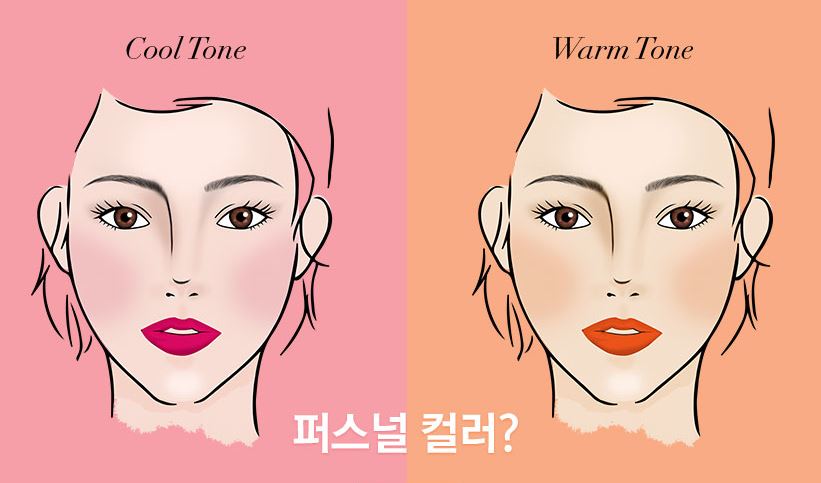Let’s figure out your undertone! There are three undertones a person can have.
- Warm
- Neutral
- Cool
Here are some ways you can figure out what you have:
The Jewlery Test
- Cool Undertones: Silver jewelry looks better on you.
- Warm Undertones: Gold jewelry looks better on you.
- Neutral Undertones: Both gold and silver jewelry look good on you.
Check Your Eye and Hair Color:
- Cool Undertones: You likely have a gray or blue tint to your eyes and have blonde, black, or brown hair with ash tones.
- Warm Undertones: You likely have a golden tint to your eyes and hair that have more peachy olive tones.
- Neutral Undertones: If you don’t fit either of these catagories you most likely have neutral undertones.
Visual Representation



When discussing the difference between cool tones, neutral tones, and warm tones, it’s essential to understand the unique characteristics of each. Firstly, cool undertones are often associated with colors that evoke a sense of calm and tranquility. These tones include hues like blues, greens, and purples. They can create a refreshing and soothing atmosphere, making them ideal for environments where relaxation is a priority.
On the other hand, neutral undertones serve a different purpose. They typically include shades like grey, beige, and taupe. These colors are incredibly versatile and can complement a wide range of other tones. A neutral undertone is often used as a base or background in various design schemes because they provide a balanced and understated canvas that allows other colors to shine on you.
In contrast, warm tones are known for their ability to create a cozy and inviting ambiance. Colors such as reds, oranges, and yellows are prime examples of warm tones. These hues can evoke feelings of warmth and comfort, making them perfect for spaces where you want to foster a sense of intimacy and energy.
Furthermore, it’s important to note that the choice between these tones can significantly impact the mood and perception of a space. Cool tones can make a room feel more spacious and serene, while warm tones can make it feel more intimate and lively. Neutral tones, meanwhile, offer flexibility and can be paired with either cool or warm tones to achieve the desired effect.
In conclusion, understanding the differences between cool, neutral, and warm tones is crucial for creating the desired atmosphere in any space. By carefully selecting and combining these tones, you can enhance the overall aesthetic and mood of your environment.
Found your undertone?
Time to find your season!
